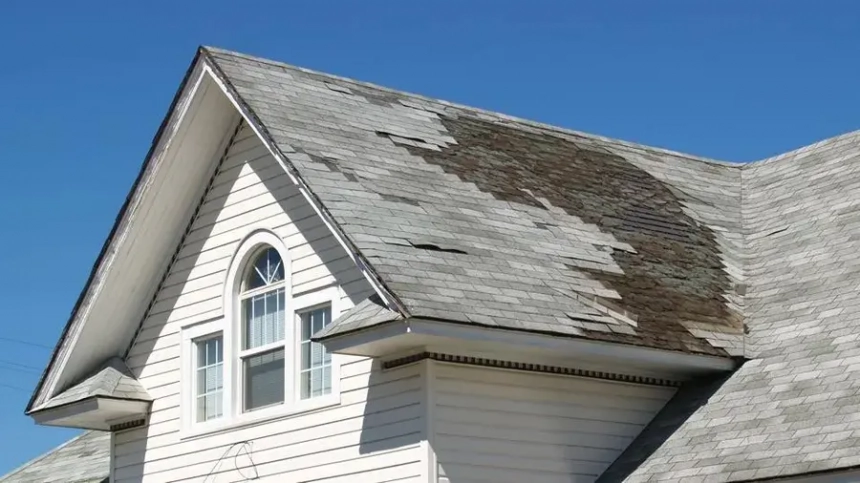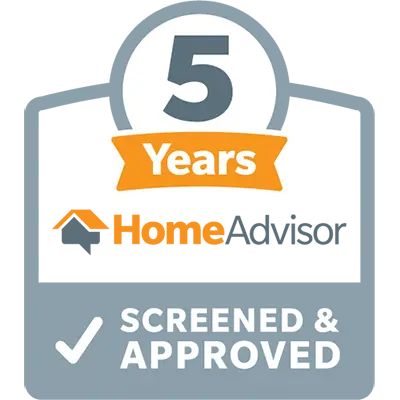Maintaining the integrity of your roof is paramount in ensuring your home remains safe, energy efficient, and visually appealing. However, when roofing issues arise, homeowners are faced with a critical decision: should you opt for a repair or is it time for a complete replacement? This decision isn’t just about fixing immediate problems—it's about planning for the future of your home. With the expert advice from Naperville Roofing and Construction, a leader among roofing contractors in Chicago, this post explores the nuances of roof repair and replacement, helping you make an informed choice based on cost, longevity, and the specifics of your situation.
Here’s a friendly guide to help you figure out the best route to take, from cost to long-term perks.

Understanding the Basics: Roof Repair Vs. Roof Replacement
Roof Repair involves fixing specific damaged areas of your roof to restore its integrity and functionality without replacing the entire structure. Common repairs include patching leaks, replacing shingles, or fixing damage from weather incidents.
Roof Replacement, on the other hand, involves removing your current roof and installing a completely new one. This is often necessary when the roof is extensively damaged, near the end of its lifespan, or continuously needing repairs.
Factors to Consider
The Extent of Roof Damage
Understanding the level of damage your roof has sustained is essential for planning the appropriate course of action. Here are some key considerations:
Minor Damage
Minor damage is usually localized and affects only a small part of the roof. This might include:
-
Missing Shingles: Often caused by wind or animal activity, missing shingles are generally straightforward to replace.
-
Minor Leaks: Small leaks can sometimes be fixed simply by replacing damaged flashing or a few shingles.
-
Superficial Damage: Cosmetic issues, such as discoloration from algae or moss, can often be handled without extensive repairs.
These issues, while seemingly minor, should not be ignored, as they can quickly escalate if not addressed promptly. Regular inspections and maintenance can keep such damage in check, making repairs a feasible and cost-effective solution.
Moderate Damage
Moderate damage may involve more significant structural issues but is still confined to specific areas of the roof. This level of damage might include:
-
Spread of Leaks: If leaks are appearing in multiple places, this suggests a more systemic problem that might require extensive section repairs or partial reroofing.
-
Damaged Underlayment: If the protective layer under the shingles has been compromised, moisture can seep in and cause more extensive damage.
-
Impact Damage: Damage from falling branches or other debris can be more severe, potentially affecting the roof's structure.
Addressing moderate damage promptly can prevent it from becoming more severe, although the repairs might be more complex and costly than those for minor issues.
Severe Damage
Severe damage is extensive and often affects the roof's structural integrity. This level of damage requires immediate attention and typically involves:
-
Major Leaks and Water Damage: Extensive water ingress can compromise the structural components of the roof, leading to a need for significant repairs or total replacement.
-
Structural Compromise: If the rafters or trusses are damaged, the safety of the entire building can be at risk.
-
Aged or Worn-Out Roof: An old roof that has surpassed its expected lifespan may exhibit widespread issues that are best addressed by a complete replacement.
In cases of severe damage, a roof replacement is often more economical in the long run. Continued repairs might only serve as a temporary fix and could end up costing more if the underlying issues are not resolved.

Understanding Cost Implications of Roof Repair vs. Replacement
Cost considerations play a pivotal role in deciding whether to repair or replace a roof. It’s not just about the immediate expenses; you also need to think about the long-term financial impact. Here’s how you can break it down:
Cost of Roof Repair
Repairing a roof generally involves lower upfront costs than replacing it. Here’s what typically influences the cost of repairs:
-
Extent of Damage: Minor repairs, such as replacing a few shingles or fixing a leak, are relatively inexpensive. More extensive damage, like replacing large sections of underlayment or fixing structural issues, will cost more.
-
Materials: The type of materials needed for the repair can affect the cost. High-end shingles, specialty materials, or matching materials to an existing roof can increase expenses.
-
Labor: The complexity of the repair job can affect how much labor is required, which in turn impacts costs. Simple fixes require less labor, whereas extensive repairs that involve structural work or replacing large areas can be labor-intensive.
While repairs might be less costly upfront, they can add up if they become frequent, especially if the roof is old or continually exposed to harsh weather conditions.
Cost of Roof Replacement
A complete roof replacement is a significant investment, but it can be more cost-effective over time. Here are the factors that influence the cost:
-
Roof Size and Complexity: Larger roofs or those with complex designs (e.g., multiple levels, steep slopes) will cost more to replace due to the greater amount of materials and labor involved.
-
Materials: The choice of roofing materials has a major impact on cost. Asphalt shingles are generally the most affordable, while materials like metal, slate, or tile are more expensive but also last longer and offer better durability.
-
Removal of Old Roof: The process of removing the old roof can add to the cost, especially if the existing roofing materials are heavy or require special disposal.
-
Installation: A new roof installation involves considerable labor, especially if the roof deck needs repairs or if new insulation and ventilation systems are installed.
Replacing a roof also increases property value, improves energy efficiency, and comes with warranties that offer peace of mind for many years.
Evaluating Long-Term Cost Benefits
-
Durability and Maintenance: A new roof often requires less maintenance and is less likely to need repairs in the near future, which can save money in the long run.
-
Energy Efficiency: Newer roofing technologies offer better insulation and ventilation, which can reduce heating and cooling costs significantly.
-
Warranty: A new roof typically comes with a manufacturer’s warranty and often a workmanship warranty from the installer, potentially saving costs on future repairs.
Making the Financial Decision
When weighing the options, consider not only the initial expenditure but also the potential savings and costs down the line. Roof repairs might be the right choice if your budget is tight and the damage is manageable. However, if the roof is near the end of its life or you're facing ongoing repair costs, replacement could be a more financially sound decision.
Consulting with experienced professionals like Naperville Roofing and Construction can provide a clearer picture of the costs involved. They can offer detailed estimates for both repair and replacement, helping you make a decision that balances both your immediate budget and long-term financial considerations.






